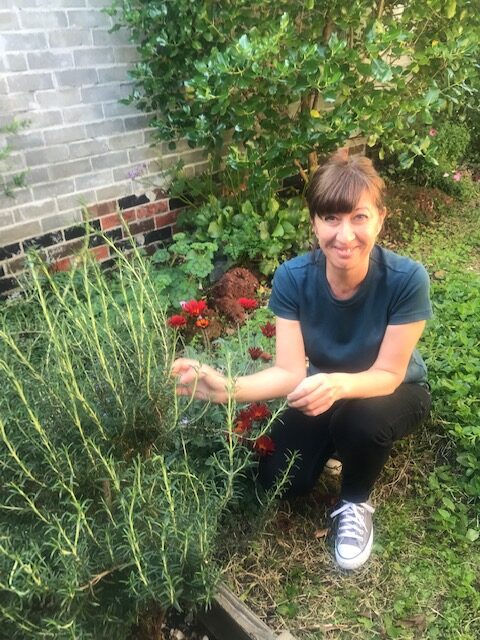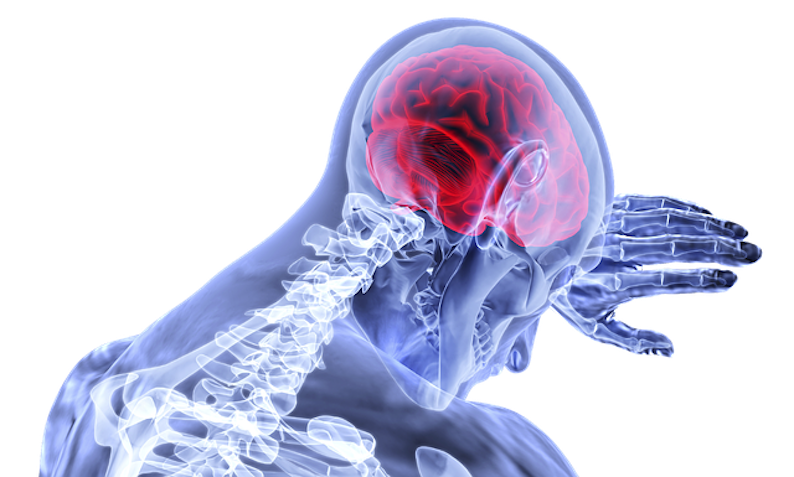
It’s Spring! Hence the staged photo of me next to a rosemary bush!
This is the season of green sprouting things and increased energy both in the environment and also within us.
In Chinese Medicine, Spring is the time to start focusing on the Liver. As we come out of the cooler months there can be some feelings of sluggishness. This combined with temperature changes and wind stirring, can lead to symptoms, that in TCM, we may attribute to the Liver needing some extra TLC.
Symptoms may include allergies, itchy skin, red eyes, headaches (especially around the temples, eyes and top of the head), hormonal fluctuations, bloating and feelings of irritability. There may also be tightness in the thoracic region and around the rib cage.
When it comes to the Liver, harsh detoxes aren’t really the Chinese Medicine approach. The focus is more on supporting and harmonising the Liver energy. There are many ways we can give a little extra love to the Liver coming into the Spring. These include dietary changes, exercise and other lifestyle factors.
See below for some general guidelines. However if you are experiencing some particular health care concern – please consult with your health care practitioner.
Chinese Medicine has many different approaches depending on an individual’s symptoms and health history. So, reach out if you need support x
DIET- INCLUDE:![]() Cruciferous vegetables – such as cauli, broccoli, brussels and kale
Cruciferous vegetables – such as cauli, broccoli, brussels and kale
Dark leafy greens, radicchio, fennel, beetroot, carrot.![]() Lemons and limes
Lemons and limes![]() Fresh herbs such as rosemary, coriander, mint and thyme.
Fresh herbs such as rosemary, coriander, mint and thyme.![]() DIET- LIMIT
DIET- LIMIT
Fried foods, fatty/ processed and smoked meats, high fructose foods and trans fats.
LIFESTYLE ![]()
![]() Stretch out the sides of the body – side bends and yoga poses that stretch through the rib-cage are all helpful.
Stretch out the sides of the body – side bends and yoga poses that stretch through the rib-cage are all helpful.
– Practice some deep breathing – pushing the air right down into your belly on the inhale![]() Move the body to get rid of pent up frustration – whether that’s swimming, dancing, running, long walks in nature or gardening – find the things that make you happy x
Move the body to get rid of pent up frustration – whether that’s swimming, dancing, running, long walks in nature or gardening – find the things that make you happy x
#acupuncturist #traditionalchinesemedicine #chinesemedicine #spring #rosemary #naturalhealth


